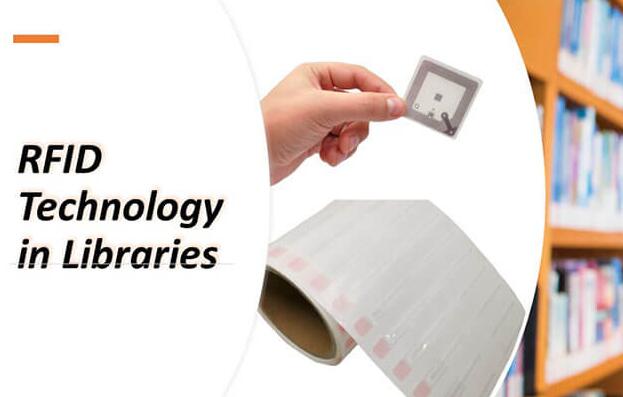In 2002, the National Library of Singapore became the first library in the world to adopt RFID technology in its book management system; later, with the popularization of RFID technology, the Nordic national libraries have begun to widely apply RFID technology (Denmark, Norway, etc.); In 2007, American libraries began to discuss the application of RFID technology in libraries. In China, the Chengyi College Library of Jimei University is the first library in China to deploy an RFID system. It was put into use in February 2006. This is a milestone in the application of RFID in Chinese libraries. Its successful operation has provided other libraries with refer to. After that, the application of RFID in domestic libraries spread rapidly. At present, RFID has been successfully applied on a large scale from municipal libraries in first- and second-tier cities in China to library management in universities.
Entering April, when sorting out bidding projects in various places, we found that RFID bidding for libraries in various places has increased significantly, covering large, medium and small cities. The bidding boom in April reflects the library's urgent need to improve its informatization level. As a pioneer in informatization construction, large urban libraries have upgraded their services through RFID systems. Now, libraries in small and medium-sized cities have also joined the wave of informatization, hoping to improve service quality and attract more readers through technological means.
Why is RFID an important method for library informatization?
The use of RFID in library management can achieve efficient management of books, which is currently one of the most important ways of informatizing libraries in various places. Specifically, the application value of RFID in libraries can be summarized in the following aspects:
① Improve the efficiency of book management and book inventory, and coordinate the positioning of books
Using RFID in the library can quickly borrow and return books in the library and improve the level of humanized services. Traditional book inventory needs to be completed manually. Sometimes books can only be located on the bookshelf, and data management is not timely. When customers want to find specific books, it often takes a long time. Managing books through RFID can accurately find books and improve management efficiency.
② Reduce the number of management personnel in libraries and other places and reduce operating costs
In traditional libraries, each book section requires a staff member to assist in borrowing, returning, and finding books. By managing books through RFID, one workbench per floor can be implemented, and book partitions can be managed based on workbench units, thus reducing the library's operating costs.
③Carry out related tracking of library books to reduce the occurrence of lost books.
Through the cooperation of RFID and anti-theft doors, the problem of lost books can be reduced. At the same time, RFID is bound to books. Through the data platform, the borrowing time of books, corresponding customers and other information can be quickly matched, and customers can be reminded on the platform to return books in time.
④Guide, identify, track, inventory, and manage paper materials such as files and files
File management is an application scenario that has been developing rapidly in recent years. Although paper reports from public security organs, hospitals, and financial institutions are now in the process of digital storage, there are still a lot of management needs for paper reports and backups need to be kept. This has brought many development opportunities to RFID filing cabinets. space.
⑤Provide new book business models and add new solutions to unmanned management
The self-service micro-libraries that have emerged in recent years are widely used in community corners, primary and secondary schools, urban study rooms, party school military camp employee study rooms, etc. Standardized management of books through RFID enables 24-hour book borrowing and return management, making the library smaller, more convenient, and more intelligent.























